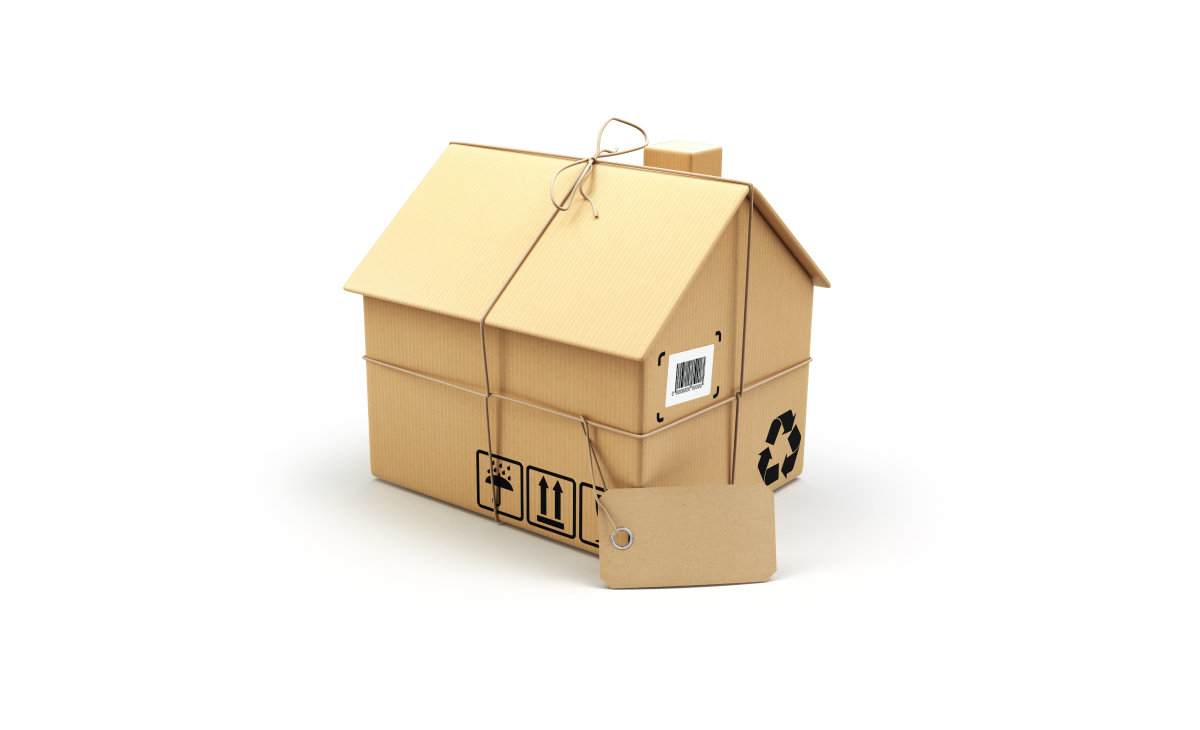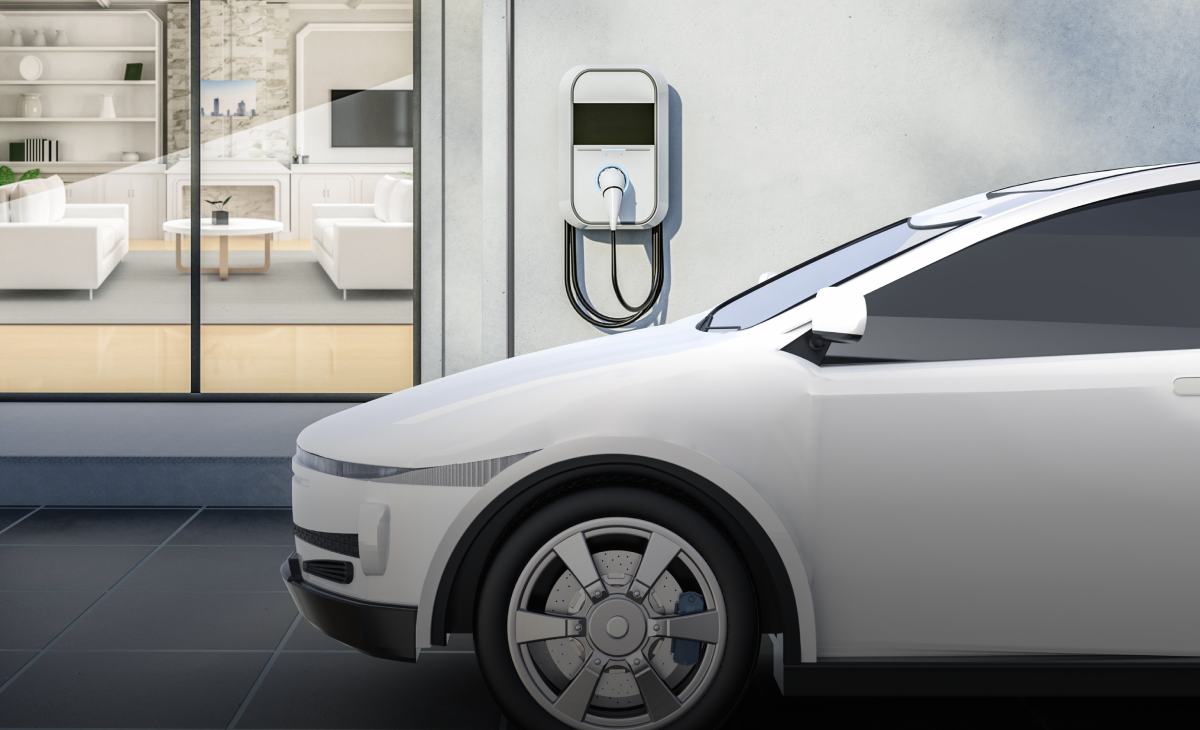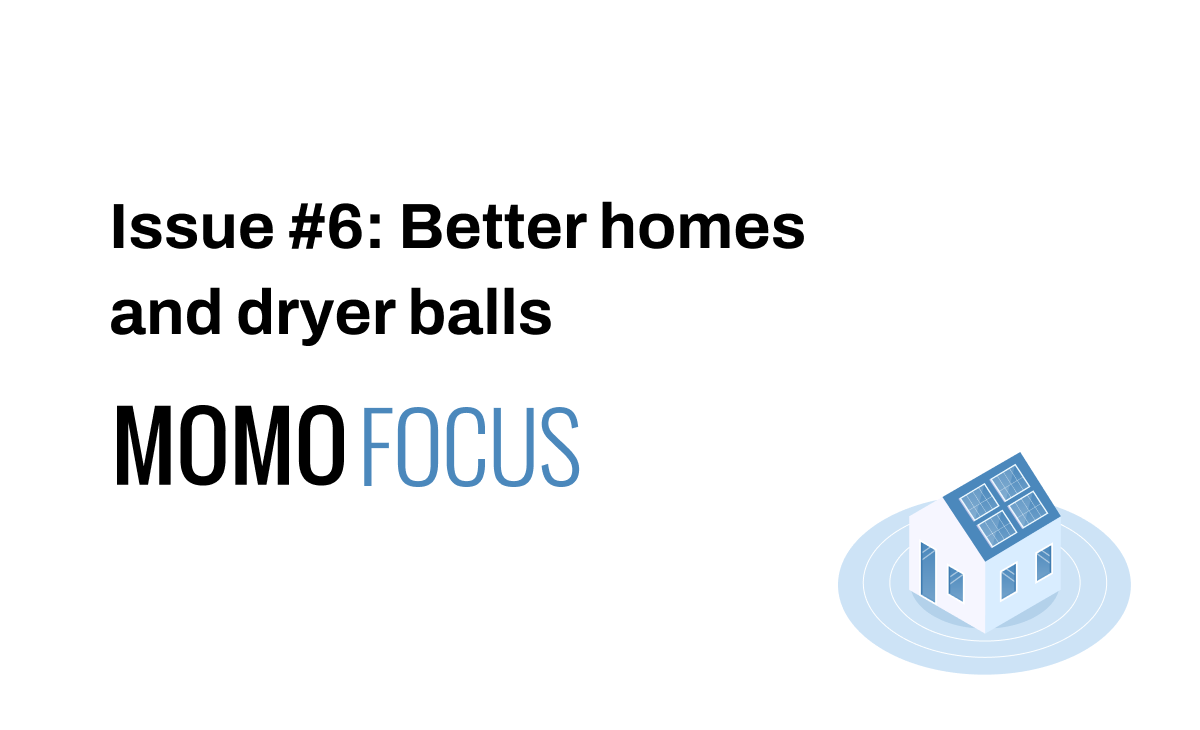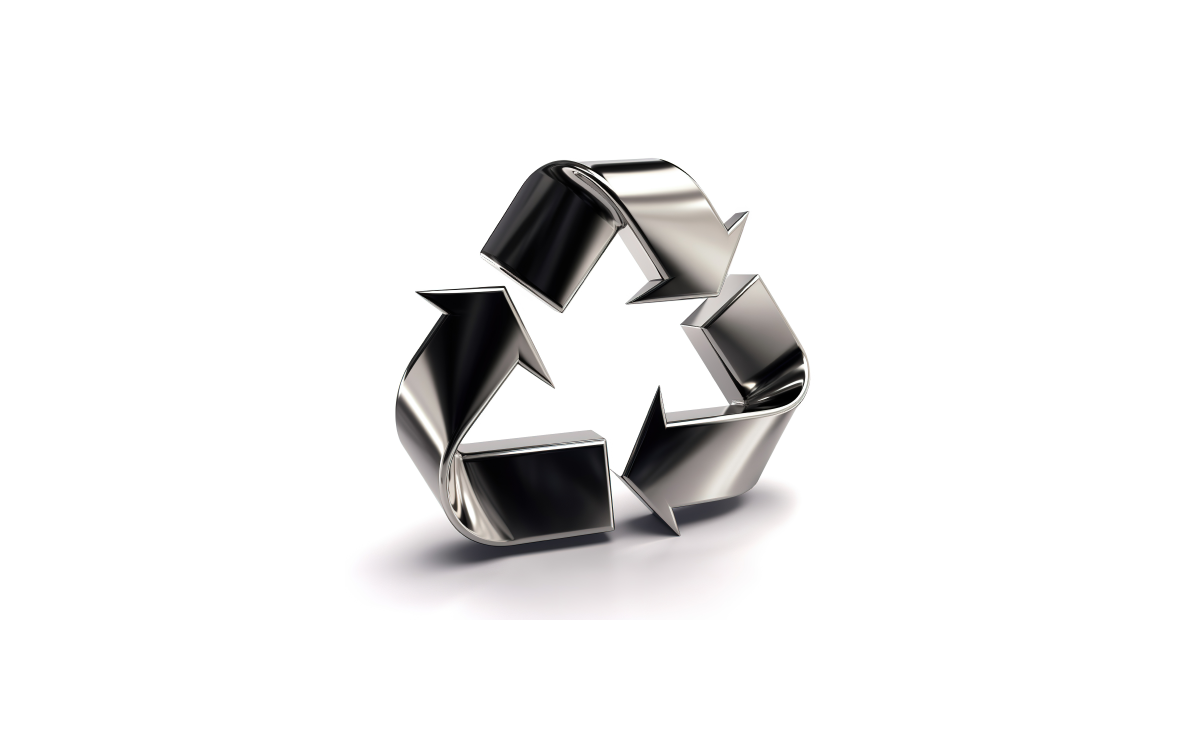How a home battery can end grid lock-in
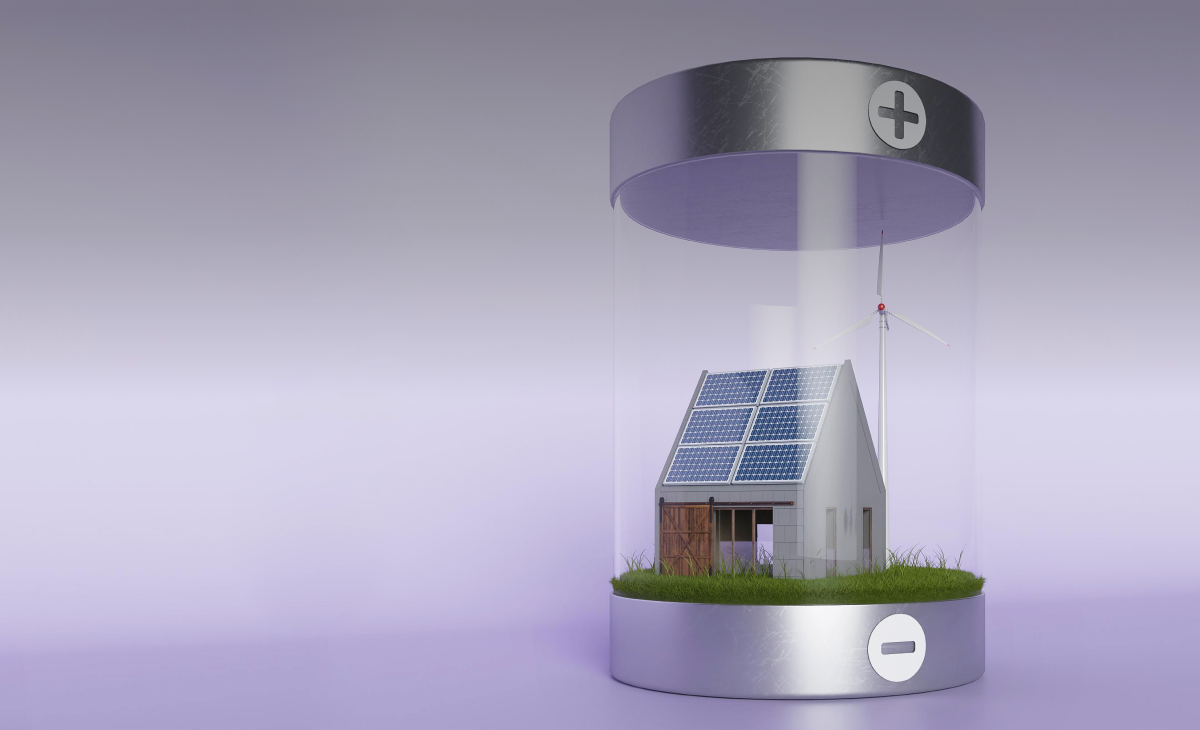
The grid is going down.
That’s the take of Axios, who recently reported that climate change poses an ever-higher threat to the power grid. Massive changes are needed to make the grid more resilient and capable of handling growing demands for electricity.
We’ve already seen this play out in Texas and other states as climate events led to a series of “outs”: brownouts, rolling blackouts, and total blackouts.
Utilities, manufacturers, and homeowners are responding to this new normal with different strategies, including residential solar batteries.
What is a solar battery?
Solar batteries store excess electricity generated by your solar panels. This power goes into the battery’s storage instead of to waste.
You can use this energy at night or during cloudy weather, for starters. But solar batteries also provide power during grid outages. You could even go completely off-grid, trailblazing a path that cuts out energy bills forever.
This could get expensive, however (we’ll get to this) and many homeowners opt for a hybrid solar system that uses a solar battery that connects to the grid.
The pros of grid-connected batteries
These kinds of batteries still pay plenty of dividends. Your friendly local utility company could pay you for that excess energy through net metering.
This is like a billing system that gives you credit for the power you produce that flows back to the grid for the utility and others to use. Net metering can cut your utility bills and help you pay off your solar system investment over time.
Beyond this, solar batteries chock full of clean power can help you reduce your reliance on your utility, avoid their peak charges under time-of-use rates, or provide power during a blackout.
What’s the catch?
They’re not cheap. Solar batteries can cost as much as your solar panels, and the average price is somewhere around $12,000 to $22,000. It’s usually cheaper to buy both the panels and the battery together, however, as one system.
Depending on the size of your home, solar system, and energy needs, you may need more than one battery, and you’ll almost definitely need several more to completely go off-grid.
Solar batteries use different chemical processes to store energy, like lead-acid, lithium-ion, nickel-cadmium and redox flow. Lithium-ion batteries are considered the best option for home use where you need daily charging and discharging, and they last about ten years.
Give me credit
As I continue to research and write here about energy-efficiency solutions for the home, one resource for homeowners comes up again and again.
I’m talking about the 2022 Inflation Reduction Act, the biggest thing Congress has done to address climate impact, basically ever. The bill includes more than $135 billion for clean energy tax credits to ramp up solar and wind power.
We’ve already covered some of the ways homeowners can take advantage of this credit, like with heat pumps, induction stoves, and solar panels.
Solar batteries count, too. The federal tax credit covers 30% of the total cost of your solar system, and solar batteries qualify if they can hold at least 3kWh of energy and are installed in 2023 or later.
Even better, some states offer additional credits and rebates.
Along with covering them in our blog, we’re making these energy-efficient solutions (like a lithium-ion solar battery) available in our homes, too. That means lower bills for you, and less reliance on the aging grid.
Or better yet, get your utility to cut YOU a check for a change.
Cheers,
Mike
Mike McAllister is head of story for Momo Homes.
Track the global transition to sustainable homebuilding.
Subscribe to the Momo Focus newsletter.


